High performance heavy duty electric vehicles require high performance battery thermal management equipment
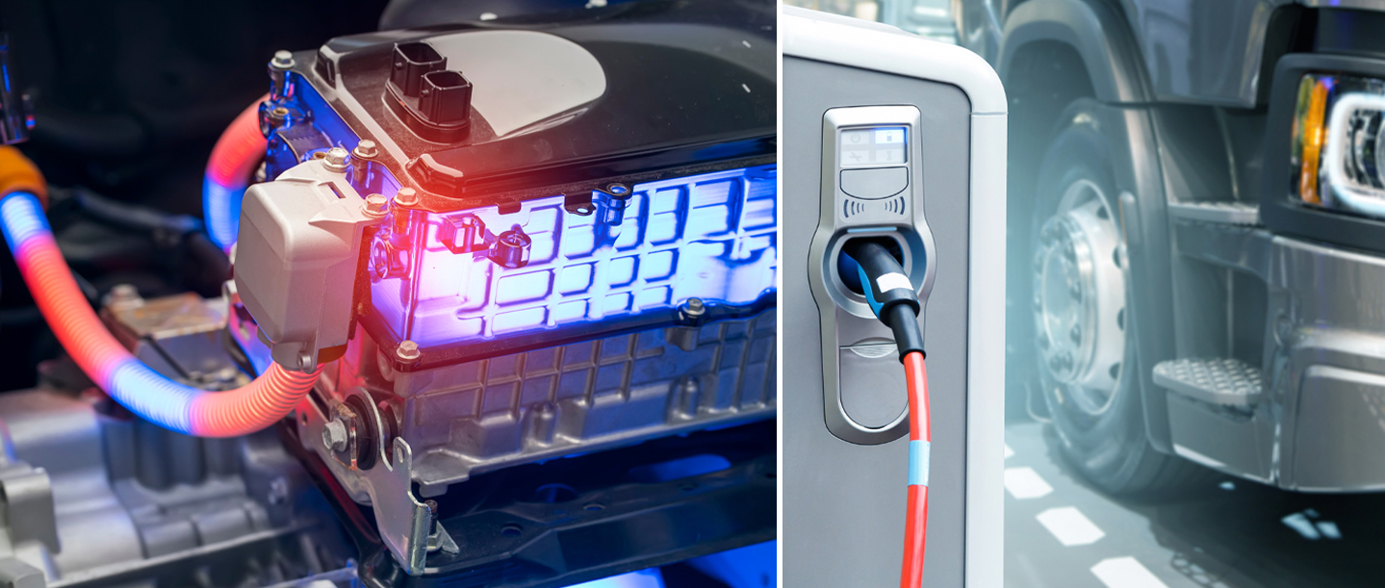
The conversion into using electrified vehicles within the automotive sector continues to increase, and not only within the light-duty vehicle segment. Heavy-duty industrial vehicles are adopting this technology more and more, putting higher demands on the Battery Thermal Management Systems. Implementing a well-designed liquid cooling solution with quick connectors into the battery pack is therefore essential to dissipate overloaded heat and prevent thermal runaways.
When referring to the light-duty electric vehicle segment, the main challenge to reach a global breakthrough is the infrastructure and the availability of public fast chargers. When fast-charging, the power goes up and so does also the temperature. To dissipate the overloaded heat and avoid a thermal runaway, an efficient thermal management system is needed to reduce the charging time and handle the rising temperatures.
When talking about heavy-duty industrial electric vehicles, however, such as buses, trucks, marine vessels, and construction equipment, the challenges with well-developed fast-charging infrastructure are the same as for private cars, yet a bit different. Heavy-duty electric vehicles have a much larger power output which generates more heat and thereby also an even bigger need for liquid cooling.
Large power effects require well-designed BTMS
It’s not only to keep the temperature at a narrow level on charging stations for heavy-duty electric vehicles that are challenging but also to keep the battery pack inside the vehicle intact without any thermal runaways when there’s a large power output and/or input. To monitor and control the rising temperature, a battery thermal management (BTMS) is often placed onto the battery pack to dissipate overloaded heat.
Sometimes, however, depending on climate, the battery pack needs to heat up to fasten up or even enable charging of it. Either way, a controlled BTMS is crucial whereas there’s a cooling need or heating need.
If the BTMS fails in keeping the temperature within the narrow range, this can lead to thermal runaways, lower battery performance, system failure, costly maintenance operations, and repairs, and, in the worst case, personal injuries.
Quick couplings part of the BTMS solution
To have as efficient and safe BTMS as possible, quick connect couplings are to go for. Compared to standard fittings without shut-off valves, spill-free quick couplings facilitate the performance and make the job safer and easier for the operator to do installations, repairs, and/or maintenance jobs in confined and compact spaces. Using quick couplings also enables the operator to work with pre-filled systems. Using standard fittings (without valve), the battery pack is at a higher stake to encounter costly maintenance operations.
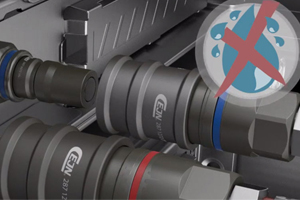
Choosing a no-spill quick coupling is important to
ensure high power performance and service life of the battery pack.
Choosing the “right” quick connect solution is as important as if using quick couplings. The couplings material needs to suit the cooling fluid type in the system, secure no-spill, and maintain a low-pressure drop to ensure high power performance and service life of the battery pack.
Flow tests and material combability
At CEJN, we offer more than just quick couplings. We offer a quick coupling solution. For instance, we can test the flow capacity of different parts of the system, such as the liquid cooling system, the cold plate, and the battery pack, to name some, as well as run tests on material compatibility. All important aspects to consider when designing the battery pack.
Three tips on what to look for when choosing quick connect couplings to integrate into Battery Thermal Battery Packs:
- A coupling that is leak-tested to ensure spill-free operations
- A coupling with a high flow and low-pressure drop
- A coupling that has a proper material selection in order to avoid any long term material compatibility issues like corrosion or seal failure
Want to know more? Contact our experts!
Related Stories
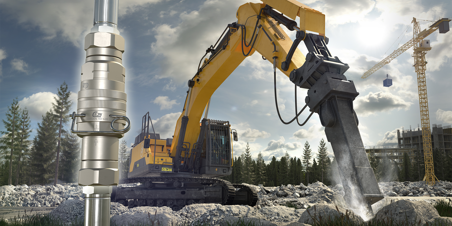
Step-by-step guide: How to change the seal on CEJN TLX coupling
Using products that last is a sustainable choice for both the wallet and the planet. Rather than disposing of a product once it reaches the end of its service life, we offer a wide range of spare...
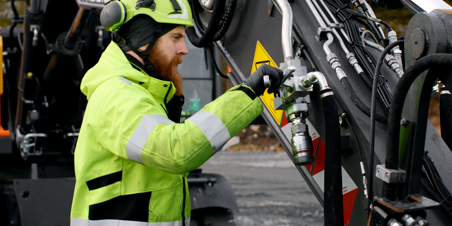
Step-by-step guide: How to install CEJN TLX on hydraulic attachments
In heavy-duty applications, the failure of quick-connect couplings often comes from high surge flows. These surges can lead to seal failures and machine damage, resulting in costly leakages and machine downtime. CEJN TLX is a super-duty coupling solution specifically designed to withstand the...
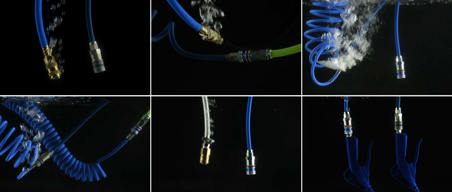
Compressed air optimisation: 5 common leak sources in compressed air systems
Compressed air systems offer a versatile and efficient power source within many industries. High reliability and a favourable cost/performance ratio have kept the compressed air solutions a top...
